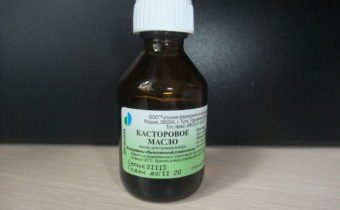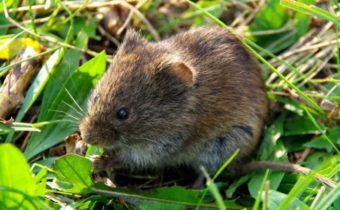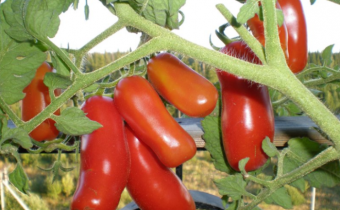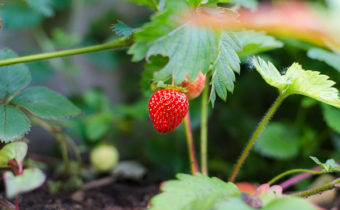The scheme of feeding cucumbers fertilizer for a rich harvest
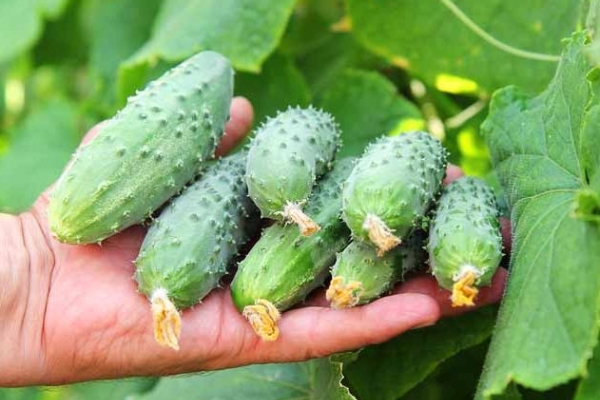
None of the dachas do not do without growing cucumbers on it, which are used fresh, in salads and winter twists. But this vegetable is not only heat-loving, but also very demanding on the fertility of the land and fertilizing. Cucumbers need nutrients throughout the vegetative season, and only with proper care will they please the hosts with a great harvest.
Spring dressings
Top dressings are divided into autumn, spring and summer. Under the autumn dressing imply the introduction into the ground, simultaneously with digging, compost, rotted manure, ash, deoxidizing agents, and autumn fertilizers that do not contain nitrogen. In early autumn, after harvesting, planting green manure is also practiced to improve the composition of the land, which are interrupted and serve as organic fertilizer. In the spring, such a bed does not re-dig, but only loosen.
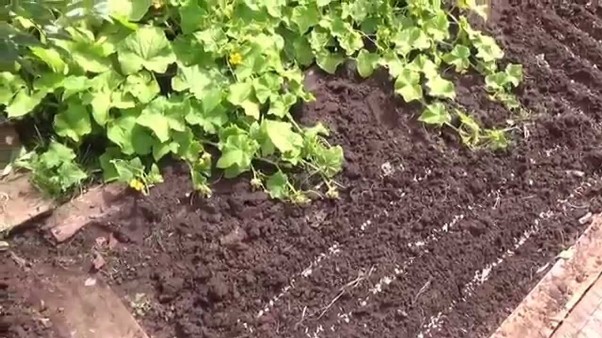
For active growth and fruiting, any plant requires macronutrients:
- nitrogen
- phosphorus;
- potassium;
- magnesium;
- trace elements.
In the spring, when the bushes are just planted on the garden, they need nitrogen to build up green mass. Gardeners using mineral fertilizers feed cucumber seedlings with carbamide (urea), ammonium saltpeter, taking 20 g per 10 l of water or complex fertilizers:
- aquarium, solvent, containing in its composition nitrogen, phosphorus, potassium, magnesium and trace elements;
- ammophos containing nitrogen and phosphorus.
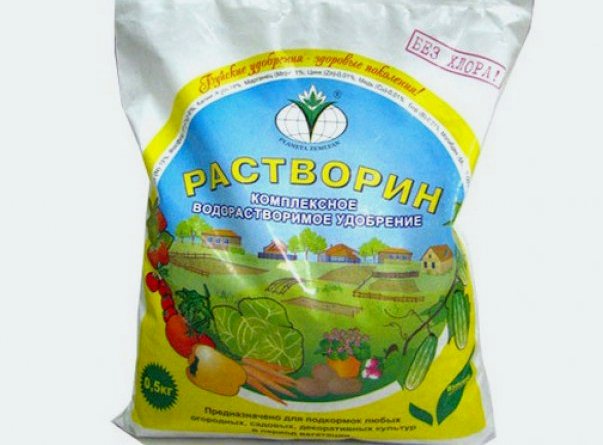
If the gardener uses only organic dressings, then he will be helped by:
- Mullein infusions. 2 manure shovels are placed in a bucket of water, insisted for 5-7 days and fed cucumber bushes, taking a liter of solution and diluting it with 10 liters of water.
- Infusion kuryak. 2 chicken manure shovels are placed in 10 liters of water and infused for 5-7 days, then 0.5 liters of the infusion is diluted with 10 liters of water and the plants are fed.
- Fermented herbal infusion. ¾ The volume of any container is filled with nettle or other grass, poured with water, closed and left to ferment for a week. Then 1 liter of infusion is diluted in 10 l of water and watered seedlings.
- Yeast fertilizer. 10 g of yeast poured into 1 jar of warm water, add 2 tbsp. l sugar, insist about an hour. Poured into 10 liters of water and insist in a warm place for another 2-3 hours. Then for 10 l of water they take 1 l of the solution and pour cucumbers under the root.
The first dressing is carried out 2 weeks after planting cucumbers in the ground or, if the seeds are sown directly on the garden, after the appearance of 2-3 true leaves. This additional nutrition gives impetus to the growth of roots and leaf mass. If the plants develop poorly, after 2 weeks the plants are given more nitrogen, but do not overdo it, otherwise the plants will start to grow the leaf part to the detriment of the crop.
Top dressing before flowering
Before flowering, cucumbers need potassium and phosphorus to increase the number of buds, the taste of fruits and their sweetness. From organic fertilizers, ash is suitable, which can be applied in dry form under the bushes during the whole season and in the form of ash solution.
Another great tool is succinic acid. Yantarine is a solution of succinic acid used at the beginning of flowering, dissolving 50 ml of solution in 10 liters of water, and sprayed on the leaves. This procedure can be done up to 3 times during the summer season. Succinic acid:
- increases yield;
- fruit sticking;
- improves the taste of Zelentsov;
- increases plant growth and stress resistance.
The solution is not stored, it is used completely. Suitable for spraying fruit-bearing shrubs and fruit trees.
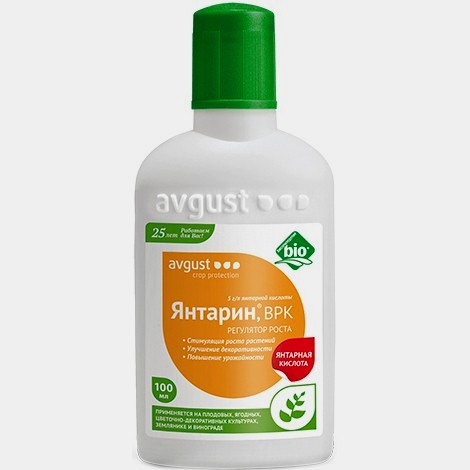
From mineral fertilizers during this period use:
- superphosphate, as a source of phosphorus + potassium sulfate. On 1 square. m take 20 g of each fertilizer;
- potassium monophofate, which contains both phosphorus and potassium. This fertilizer dissolves quickly in water and is used both in the form of root and extra-root dressings. For 10 liters of water will require 20 g of IFC.
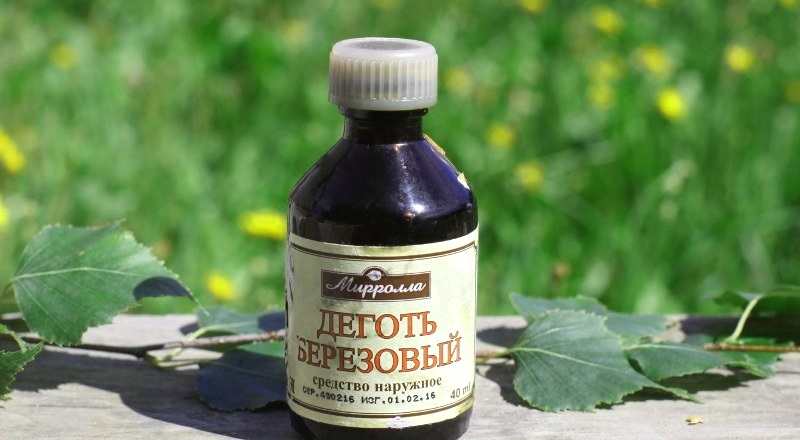
Plant nutrition during fruiting
Many gardeners mistakenly think that during the period of fruiting it is necessary to stop feeding, but this carelessness and weakening of attention to cucumbers leads to a decrease in yield. During this period, the bushes are fed with fermented infusion of herbs to grow new side branches, monophosphate, potassium sulfate and ash.
If the leaves are faded at the edges, magnesium sulphate is included in the supplemental food.
If cucumbers are grown in the greenhouse, it is possible at the end of the season to extend their fruiting period. For this:
- do not allow the growth of green;
- mulch the soil under the plants;
- carry out foliar feeding with urea, which provokes the growth of young lashes and the emergence of new ovaries.
With its demands for weather conditions, the nutritional value of the soil, cucumbers are very responsive to good care and timely feeding. Even under adverse conditions, you can get quite a decent crop, but you need to remember that it is better to underfed the plants than overfeed, otherwise they will throw all their forces on the formation of side lashes and will not give up to 1/3 of the crop.



